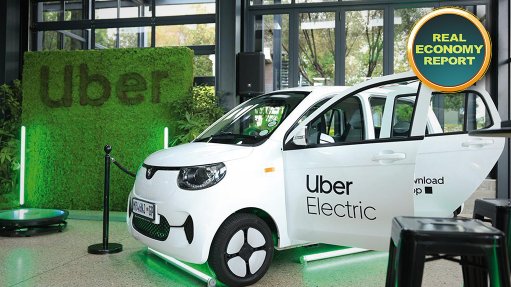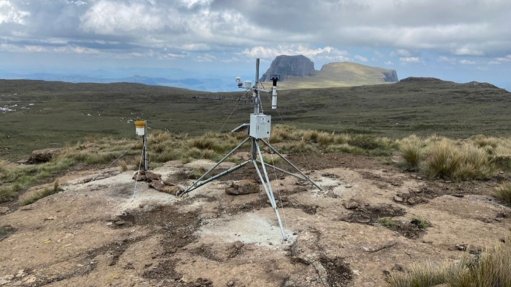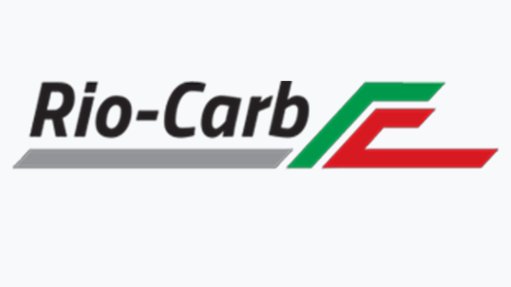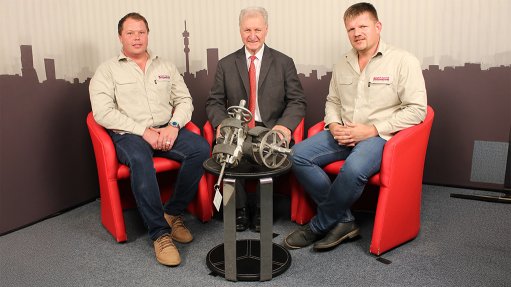Energy management in datacentres – keeping rising GHG at bay
This article has been supplied.
By Dwibin Thomas, Cluster Automation Leader at Schneider Electric
Datacentres and data transmission networks today account for approximately 1 to 1.5% of global electricity use. These facilities are responsible for around 330 megatons of CO2 equivalent of greenhouse gas (GHG) emissions, which is 0.9% of energy-related or 0.6% of total GHG emissions.
The good news is that according to the International Energy Association (IEA), datacentre and data transmission emissions have remained relatively stable since 2010 due to energy efficiency improvements and renewable energy adoption by ICT companies.
The above also makes a solid case for energy management software (EMS) and its contribution to improving the datacentre’s energy efficiency posture. At its core, EMS lowers operational costs, reduces energy consumption, and improves operational sustainability.
The management software therefore enables datacentres to operate in a more environmentally friendly and cost-effective manner while ensuring it readily adapts to fluctuating energy grid demands.
Sustainable interventions and management
One of the main benefits of EMS is its ability to manage and optimise datacentres’ server operations. It does so by:
- Load balancing - the software determines which servers are required at specific times by analysing the workload (of each server) and identifying which ones are underutilised. It then switches off the underutilised servers and switches on the ones that are needed.
- Intelligently determining which servers are needed at specific times by analysing workload and demand patterns.
- Ensuring efficient on and off switching of servers, avoiding unnecessary energy consumption during low-demand periods.
- Dynamically scaling resources as needed.
Another important differentiator is EMS’ ability to take the guesswork out of tariff management. For one, it allows datacentres to take advantage of the cost savings associated with off-peak tariffs by scheduling energy intensive tasks during a low-cost period. Second, it can switch off non-critical servers during peak hours and switch it back on when tariff bracket is lower.
Datacentre transformers and heavy loads also fall within the EMS’ purview. Heavy loads, for example, are typically critical equipment that require substantial power to operate. However, with EMS, these loads can be classified to optimise its operations. Also, EMS will monitor heavy loads, constantly adjusting its energy consumption to minimise unnecessary wastage.
Ultimately, EMS offers the following three important benefits to datacentres:
1. Energy optimisation to realise sustainability and cost saving.
2. Transform datacentres in efficient energy hubs, optimising server and component operations.
3. Aligning energy consumption with specific tariffs, like time-of-use rates which significantly reduce operational costs.
Schneider Electric’s EcoStruxure IT Data Center Infrastructure Management (DCIM) software monitors, measures, and manages datacentres, encompassing both IT equipment and supporting infrastructure (such as power and cooling systems).
Article Enquiry
Email Article
Save Article
Feedback
To advertise email advertising@creamermedia.co.za or click here
Comments
Press Office
Announcements
What's On
Subscribe to improve your user experience...
Option 1 (equivalent of R125 a month):
Receive a weekly copy of Creamer Media's Engineering News & Mining Weekly magazine
(print copy for those in South Africa and e-magazine for those outside of South Africa)
Receive daily email newsletters
Access to full search results
Access archive of magazine back copies
Access to Projects in Progress
Access to ONE Research Report of your choice in PDF format
Option 2 (equivalent of R375 a month):
All benefits from Option 1
PLUS
Access to Creamer Media's Research Channel Africa for ALL Research Reports, in PDF format, on various industrial and mining sectors
including Electricity; Water; Energy Transition; Hydrogen; Roads, Rail and Ports; Coal; Gold; Platinum; Battery Metals; etc.
Already a subscriber?
Forgotten your password?
Receive weekly copy of Creamer Media's Engineering News & Mining Weekly magazine (print copy for those in South Africa and e-magazine for those outside of South Africa)
➕
Recieve daily email newsletters
➕
Access to full search results
➕
Access archive of magazine back copies
➕
Access to Projects in Progress
➕
Access to ONE Research Report of your choice in PDF format
RESEARCH CHANNEL AFRICA
R4500 (equivalent of R375 a month)
SUBSCRIBEAll benefits from Option 1
➕
Access to Creamer Media's Research Channel Africa for ALL Research Reports on various industrial and mining sectors, in PDF format, including on:
Electricity
➕
Water
➕
Energy Transition
➕
Hydrogen
➕
Roads, Rail and Ports
➕
Coal
➕
Gold
➕
Platinum
➕
Battery Metals
➕
etc.
Receive all benefits from Option 1 or Option 2 delivered to numerous people at your company
➕
Multiple User names and Passwords for simultaneous log-ins
➕
Intranet integration access to all in your organisation





















